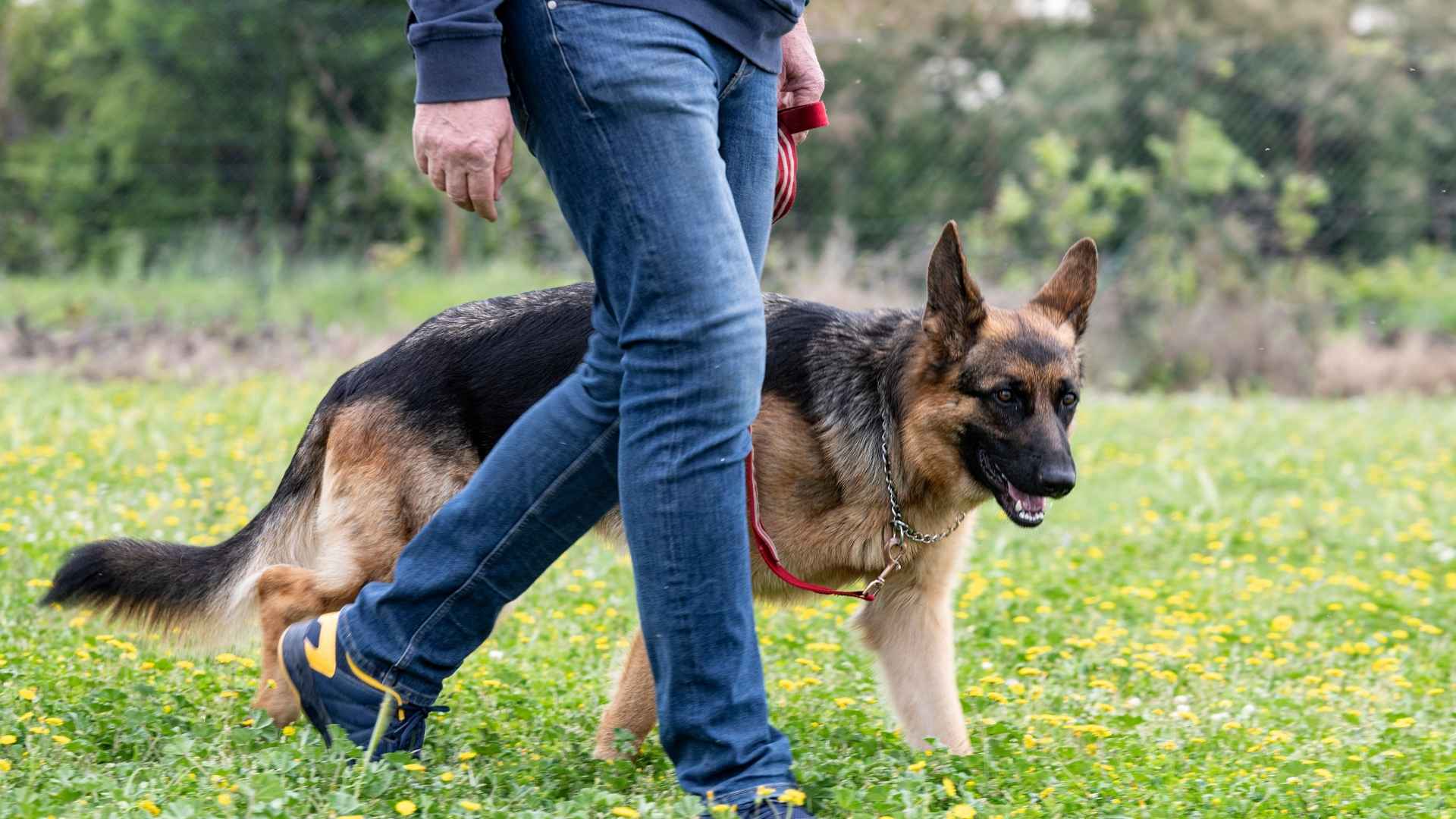Some dogs are friendly with everyone. Others form one deep, unshakable bond—and that bond is everything. These loyal breeds don’t spread their affection thin. Instead, they choose a single person as their anchor, shadowing them from room to room and responding to their voice like it’s the only one that matters.
If you’ve ever wanted a dog that’s more than a companion—one that mirrors your mood, guards your space, and seems to know your next move—this list is for you. These aren’t just dogs that enjoy company. They’re breeds that develop intense, personal connections with their chosen human.
What to expect:
• Ideal for individuals, introverts, or single-person households
• Best with early socialization and consistent, personal handling
Let’s meet the breeds that love and choose their person over and over again!
Loyal Dog Breeds That Choose One Person
1. Akita
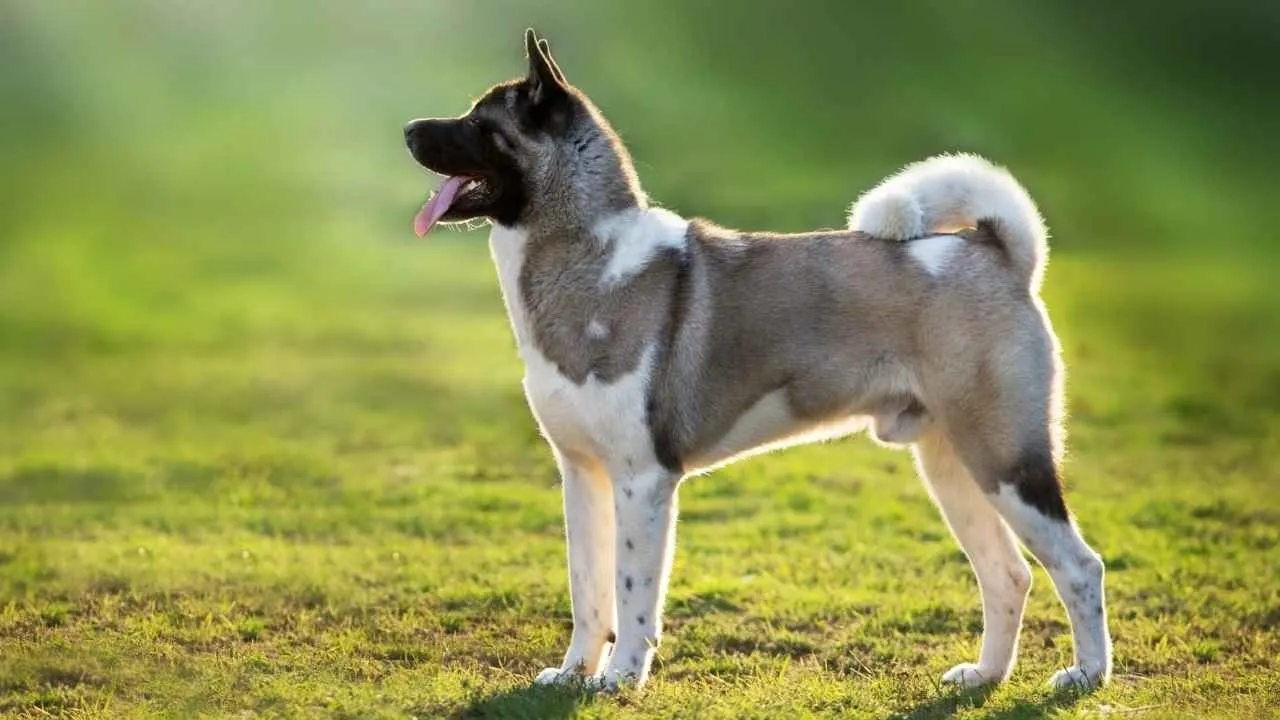
An Akita does not offer casual affection. Loyalty, for them, comes with weight, and once they attach, they stay close in spirit even when out of sight. Their stillness can be misread as aloofness, but under it lies a quiet, constant awareness of their chosen person.
What sets them apart is not playfulness or warmth—it’s gravity. Akitas tend to fix themselves emotionally to a single human, often ignoring the rest of the household except when necessary. This bond can feel fiercely devoted, bordering on possessive, if left unstructured.
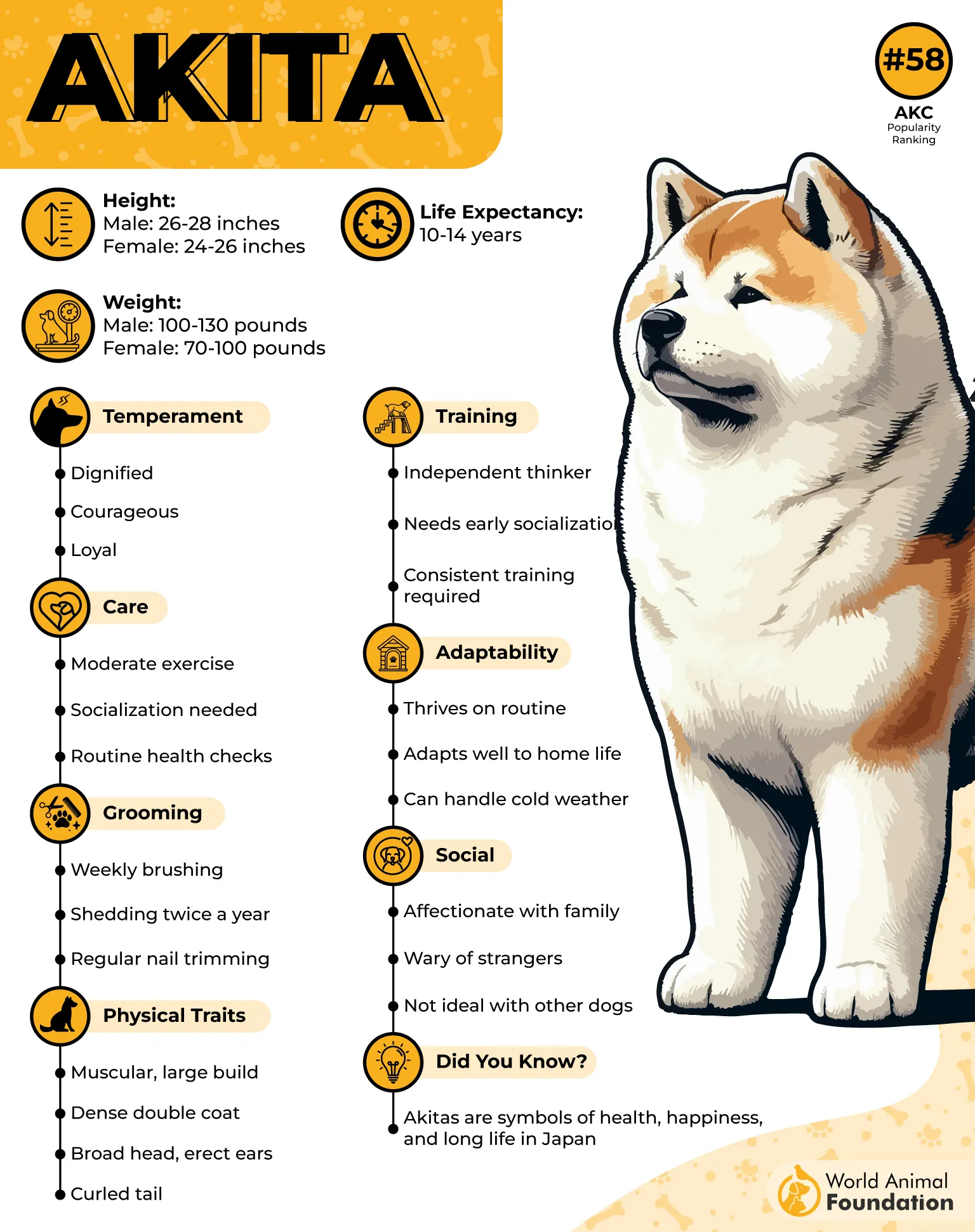
Their heritage is deeply functional. These were powerful dogs built for guarding royalty and protecting against large game. That intensity didn’t fade with time; it simply shifted indoors, where their instincts now respond to doorbells, footsteps, and unfamiliar movements.
Despite their independent nature, they’re not emotionally distant. An Akita’s gaze lingers. Their responses are deliberate. They do not overreact, but they do not forget. Consistency earns their trust, not volume, not praise.
As the American Kennel Club outlines, Akitas require proper training early on to shape their strong instincts into stable, protective behavior. The wrong environment can confuse their loyalty for defiance.
Quick Tips
Don’t overcorrect hesitation—it’s often a sign of focus
Use calm body language to reinforce trust-based handling
Structure alone time to reduce over-attachment
2. German Shepherd
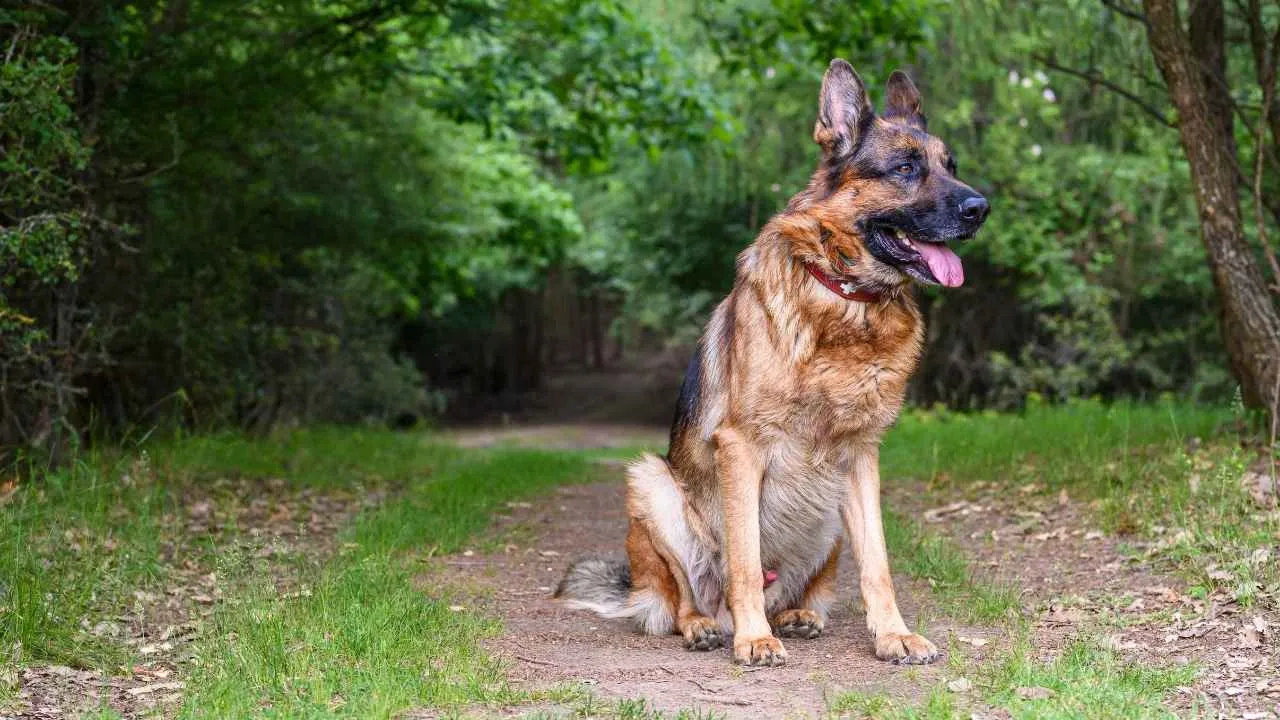
German Shepherds do not give part of themselves. They give all, and they expect the same in return. This is a breed shaped not by affection alone, but by duty—and that duty often settles around one person with surprising intensity.
Their expression of loyalty is full of movement. A German Shepherd may follow silently, watch from a distance, or plant itself at your side when you’re still. Their bond is built not through cuddling, but through shared purpose and repeated understanding.
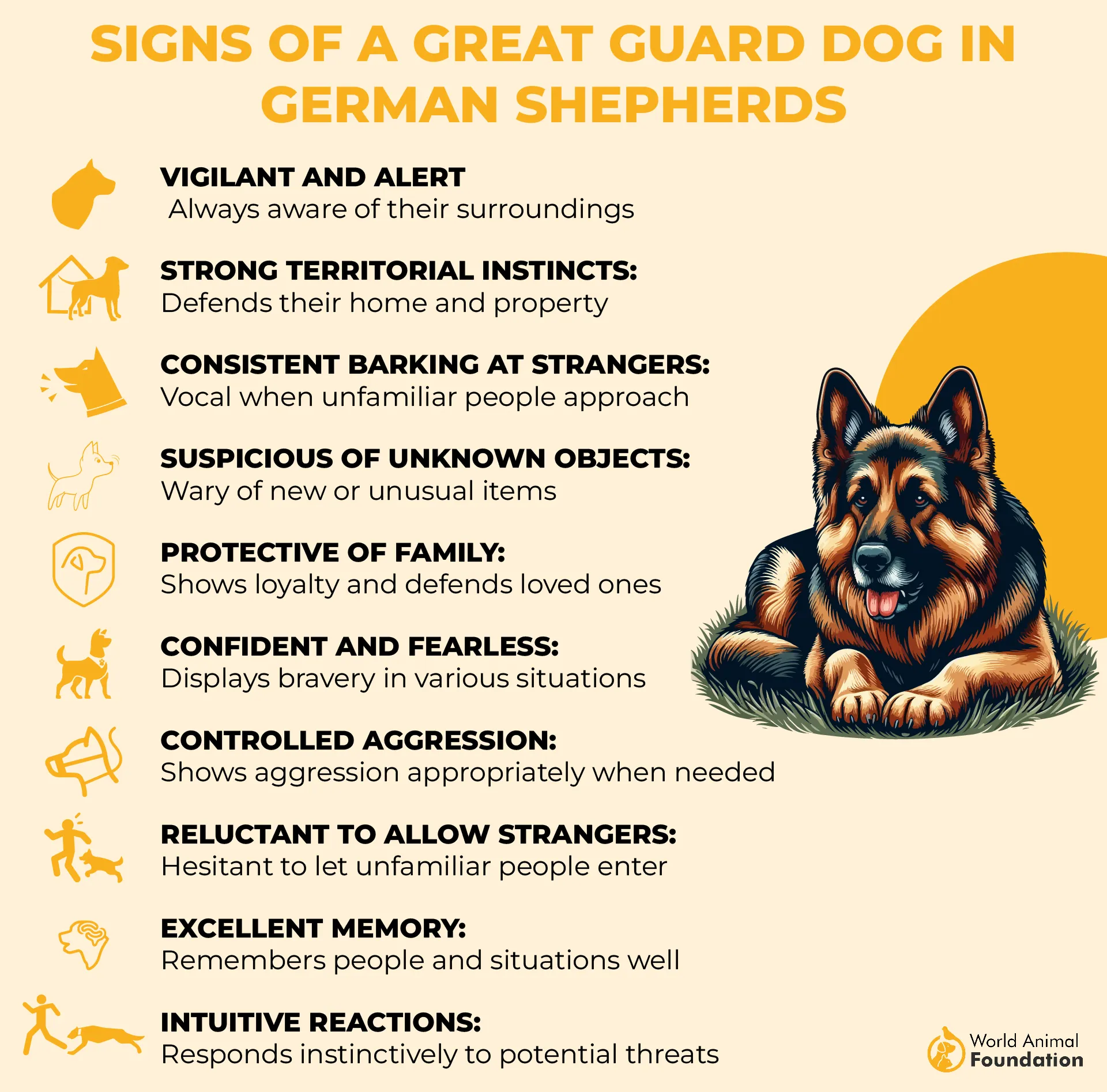
There’s no mistaking their capability. They are extremely intelligent, often mastering commands before you’ve finished saying them. But their strength lies in how they apply that intelligence, not to impress, but to serve.
They’re not just companion dogs. Many herding breeds retain a need to act, to assist, to anticipate—and the German Shepherd lives this impulse minute to minute. Idle time isn’t restful for them; it’s unassigned work.
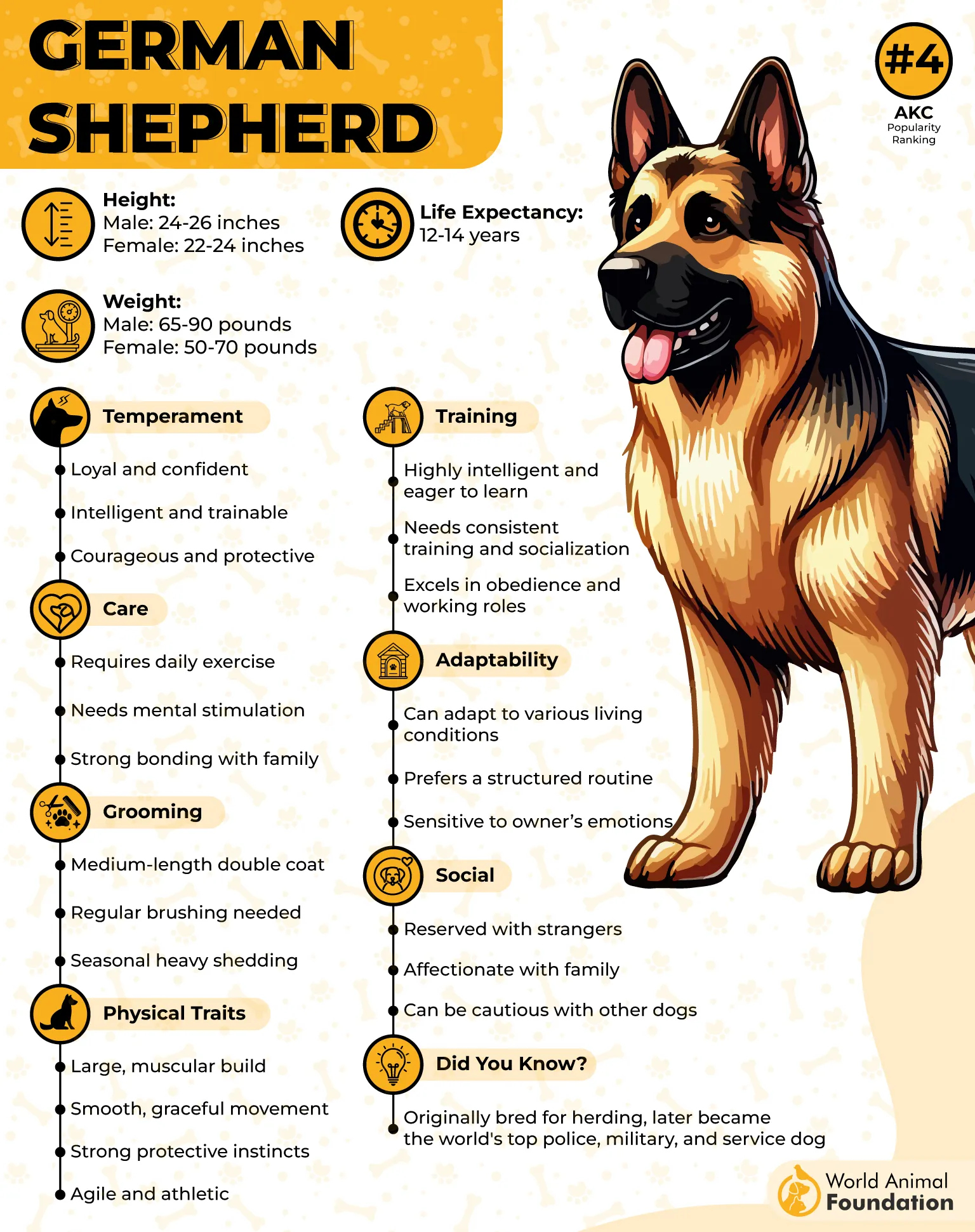
As described by Britannica, this breed has long served as guide dogs, police partners, and protective companions. Their bond with one person often reflects their training: strong, purposeful, and enduring.
Quick Tips
Create a language of subtle cues—they’ll understand it
Assign tasks during daily routines to provide mental and physical stimulation
Prioritize calm exposure over rigid discipline
3. Chihuahua
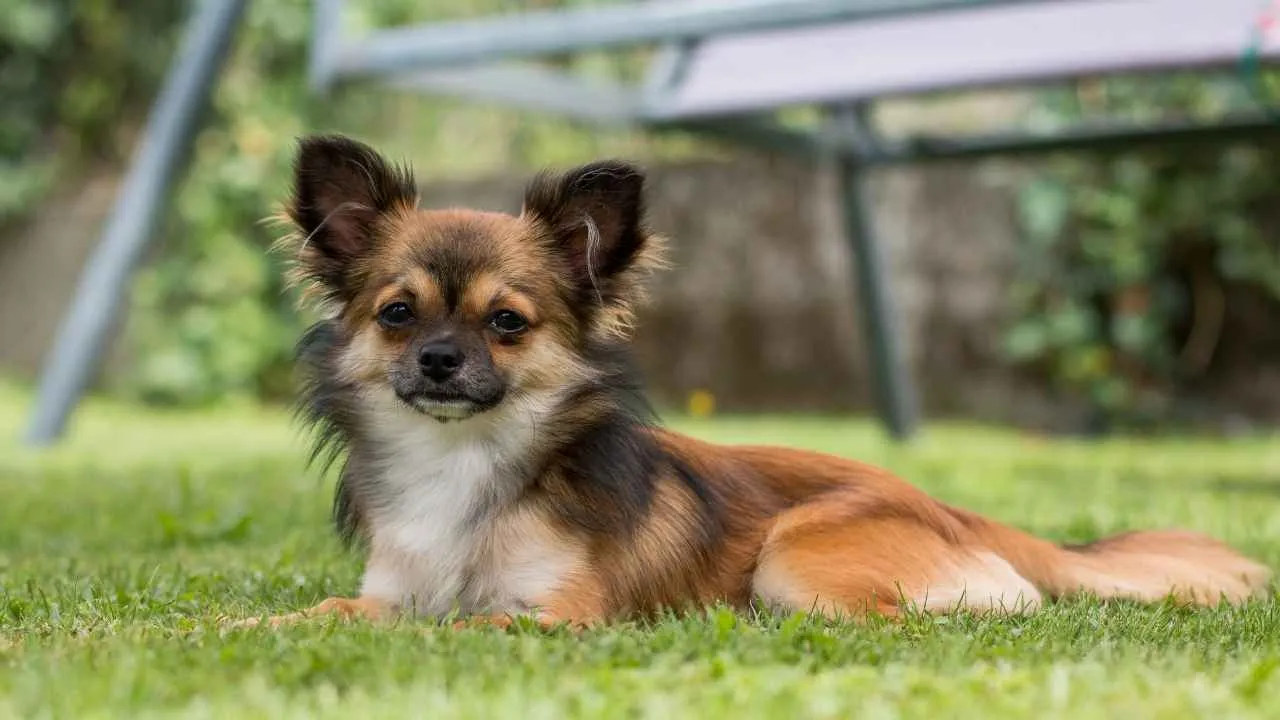
To the Chihuahua, the world is large, and one person makes it safe. Their loyalty is compact but powerful, often focused entirely on a single individual, especially in multi-person households. That focus can be touching or possessive, depending on how it’s managed.
They don’t just follow—they attach. Physical proximity is everything, and even a short absence can prompt dramatic reactions. Their bond is reinforced by repetition, tone, and rhythm. If you sit in the same chair each day, they’ll find a way to be part of that moment.
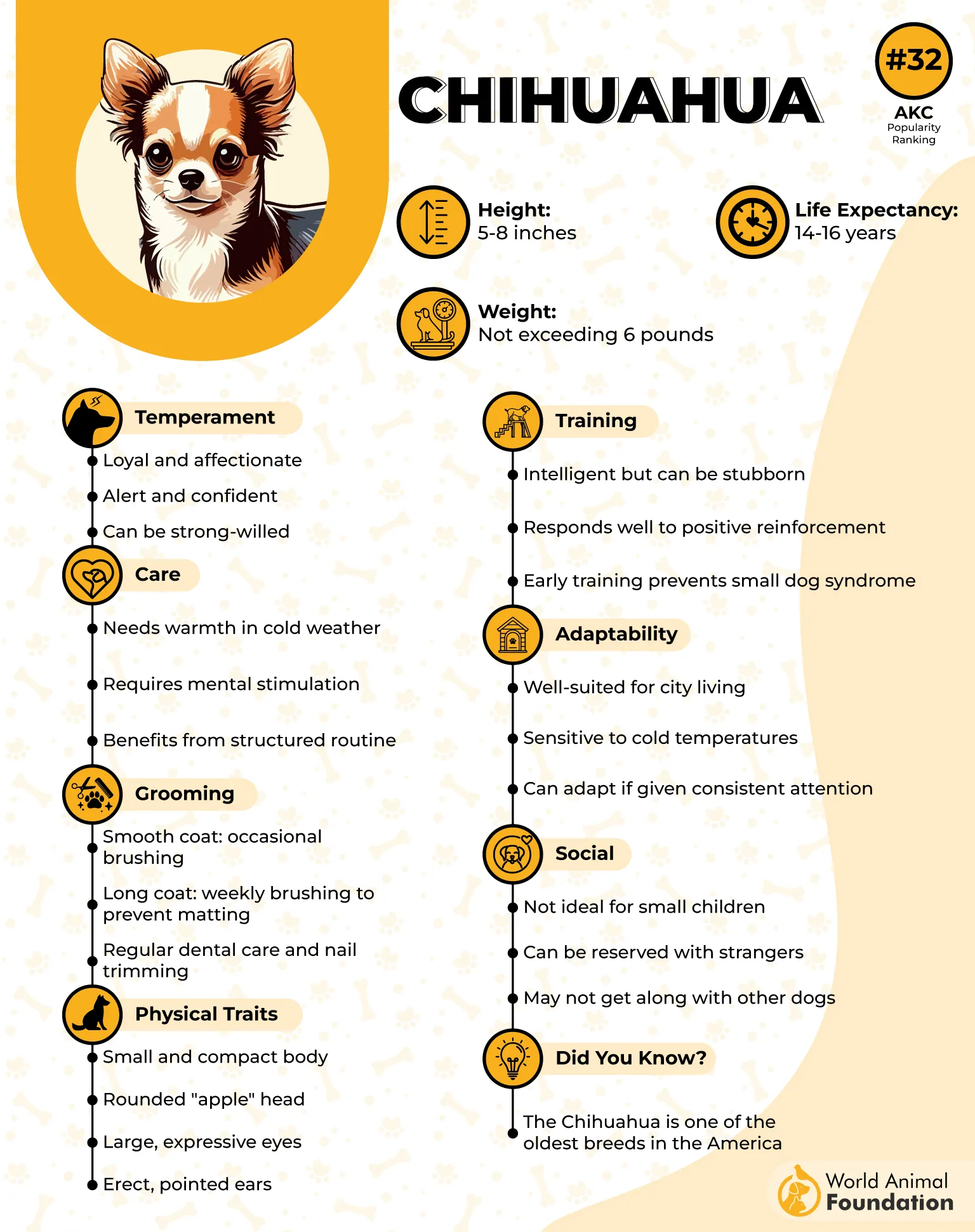
Some Chihuahuas come from lines that were bred to hunt badgers—an origin that adds a touch of boldness to their otherwise delicate frame. This trait often appears as outsized confidence, barking, or even protectiveness toward strangers several times their size.
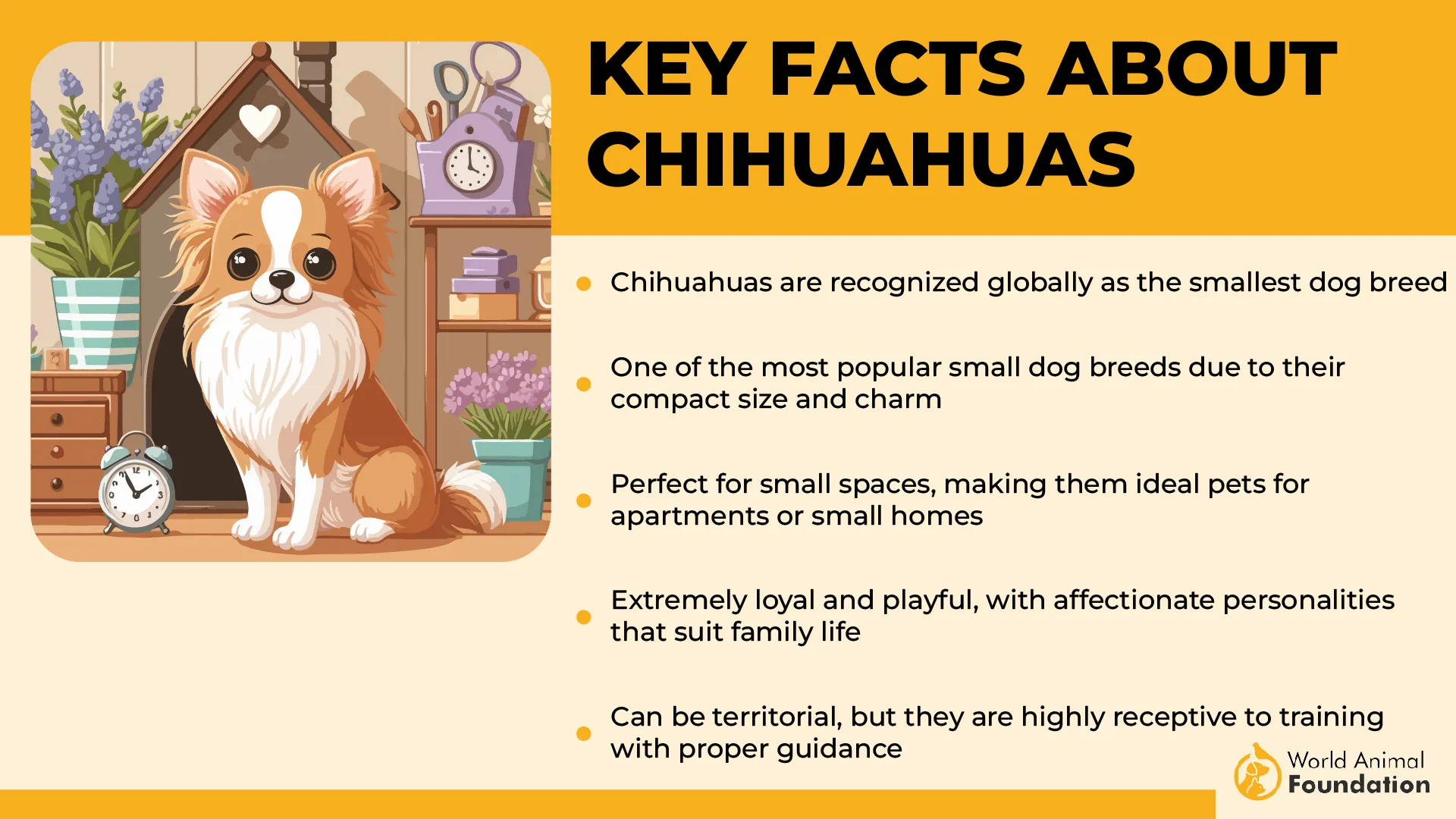
What surprises many first-time owners is how the energy level manifests. These dogs are not always lapbound. They’re alert, active, and full of commentary—especially when their person is involved.
As noted by WebMD, their strong bond must be balanced with socialization, or they risk becoming reactive toward other pets and people.
Quick Tips
Include calm visitors during early development to prevent hyper-defensiveness
Avoid reinforcing attention-seeking behaviors with physical reassurance
Teach independence through simple separation routines
4. Dachshund
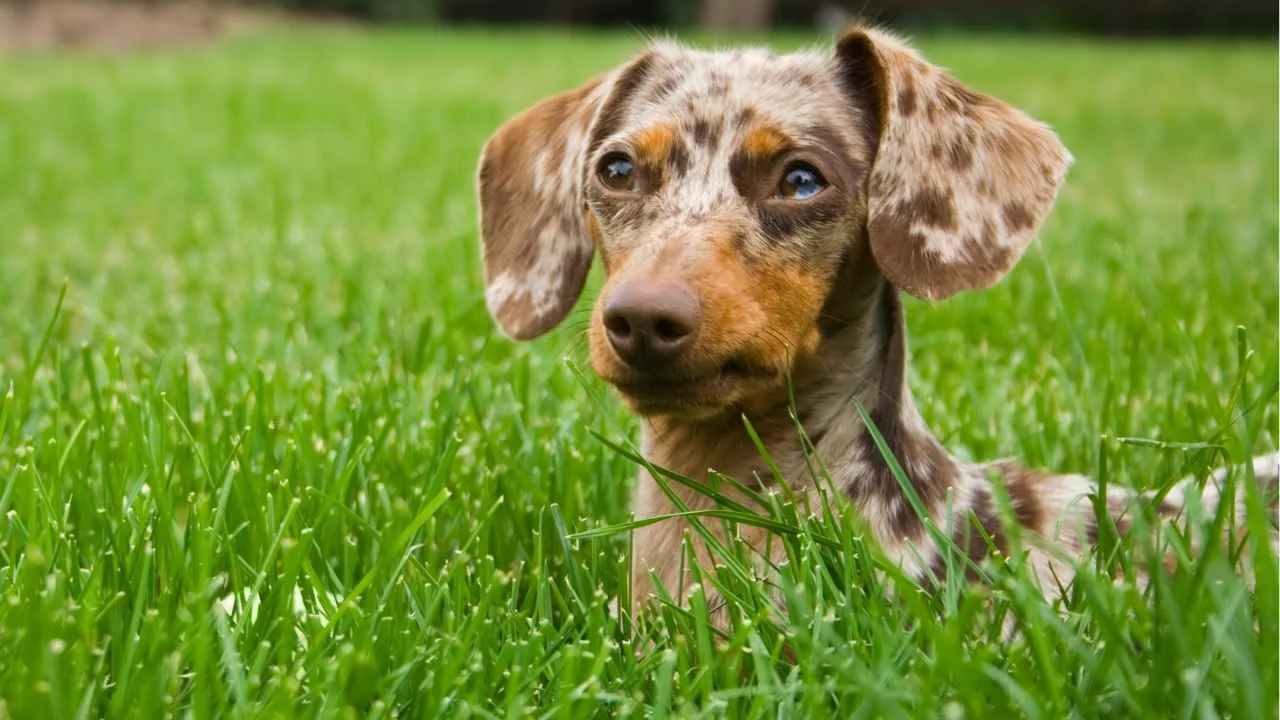
There’s a stubborn streak behind a Dachshund’s affection. They don’t give love freely—they commit it, often to a single person. Once that commitment forms, it’s not flexible. It’s low to the ground, loud when needed, and persistent in all the ways that matter.
What surprises many is how deeply this small dog invests in the people they trust. A Dachshund might bark at a doorbell for 20 seconds, but then rest their head on your foot like nothing ever happened. That tension—between guarding and cuddling—is what makes their loyalty feel so real.
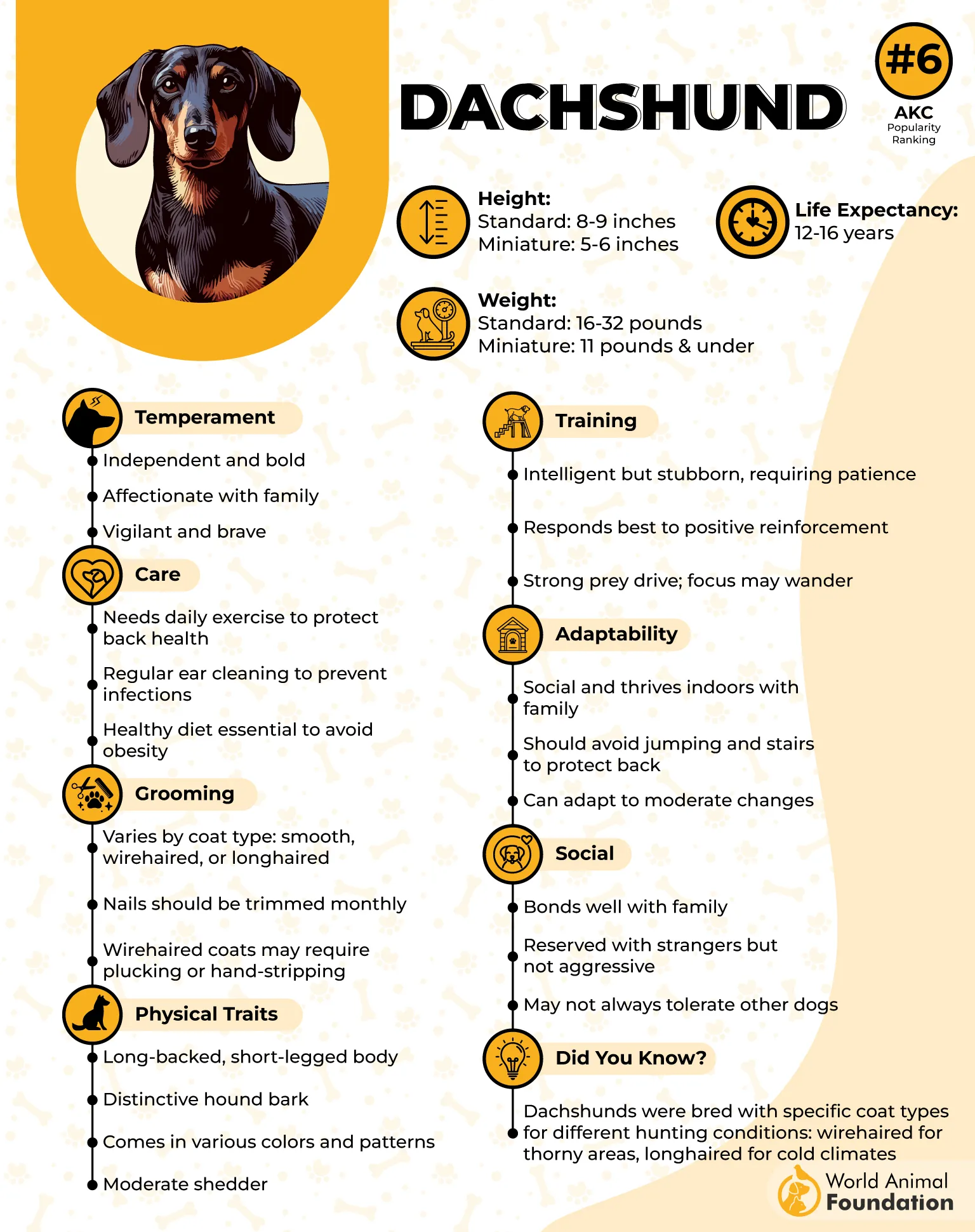
They were developed as a hunting dog, built to dive into burrows and take on prey underground. That history reveals itself not just in their determination, but in how they cling to routines, smells, and emotional familiarity.
Their sense of territory can include furniture, people, and sounds—and they’ll defend each if they feel ownership. This makes them protective companions, especially in homes with consistent handling.
Early boundaries are essential to prevent over-attachment. With proper guidance, their fierce little heart becomes a loyal compass.
Quick Tips
Avoid reinforcing guarding behavior with attention or touch
Include calm handling from multiple people to expand their social trust
Use consistent voice tones—they respond strongly to routine
5. Shiba Inu
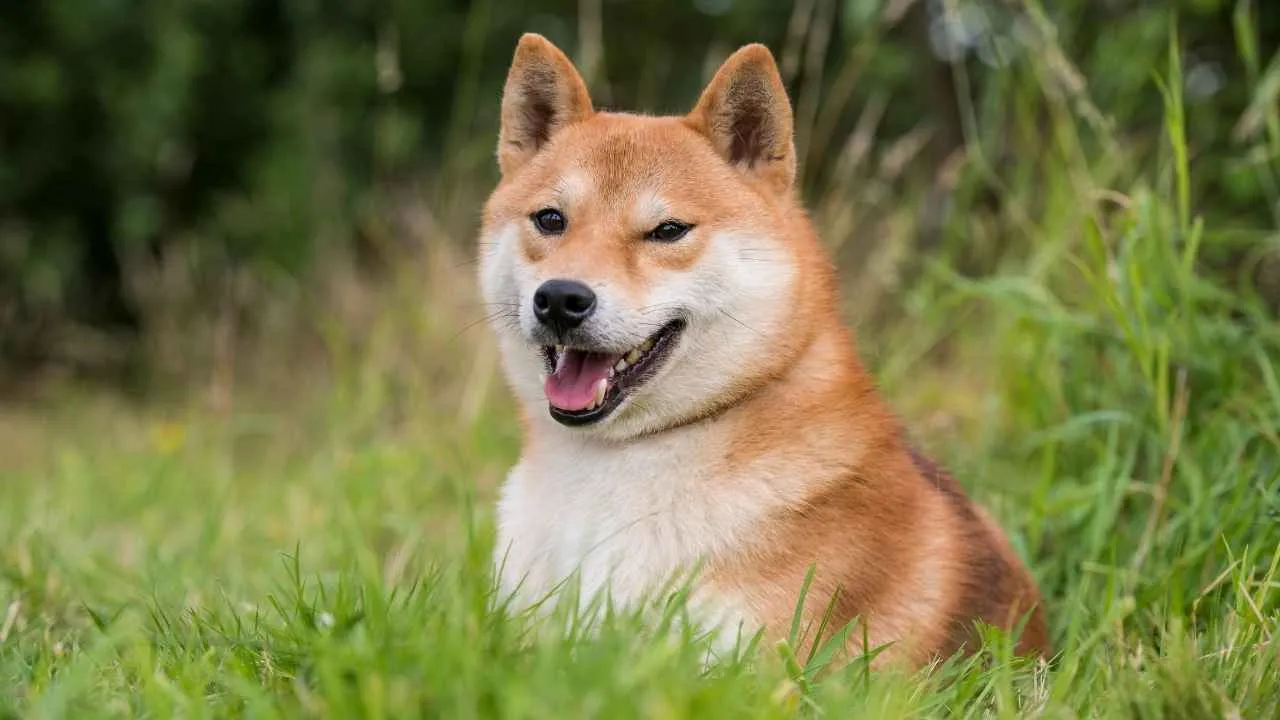
Loyalty from a Shiba Inu must be earned—and once it is, it’s quiet, intense, and exclusive. This breed rarely displays affection in expected ways. They don’t lean in—they hover nearby, watchful and selective, tethered by something deeper than obedience.
Shibas often bond with one person, not because they’re dependent, but because they’ve chosen. That choice is final. While other breeds aim to please, Shibas act more like a companion who respects you, if you’ve earned it.
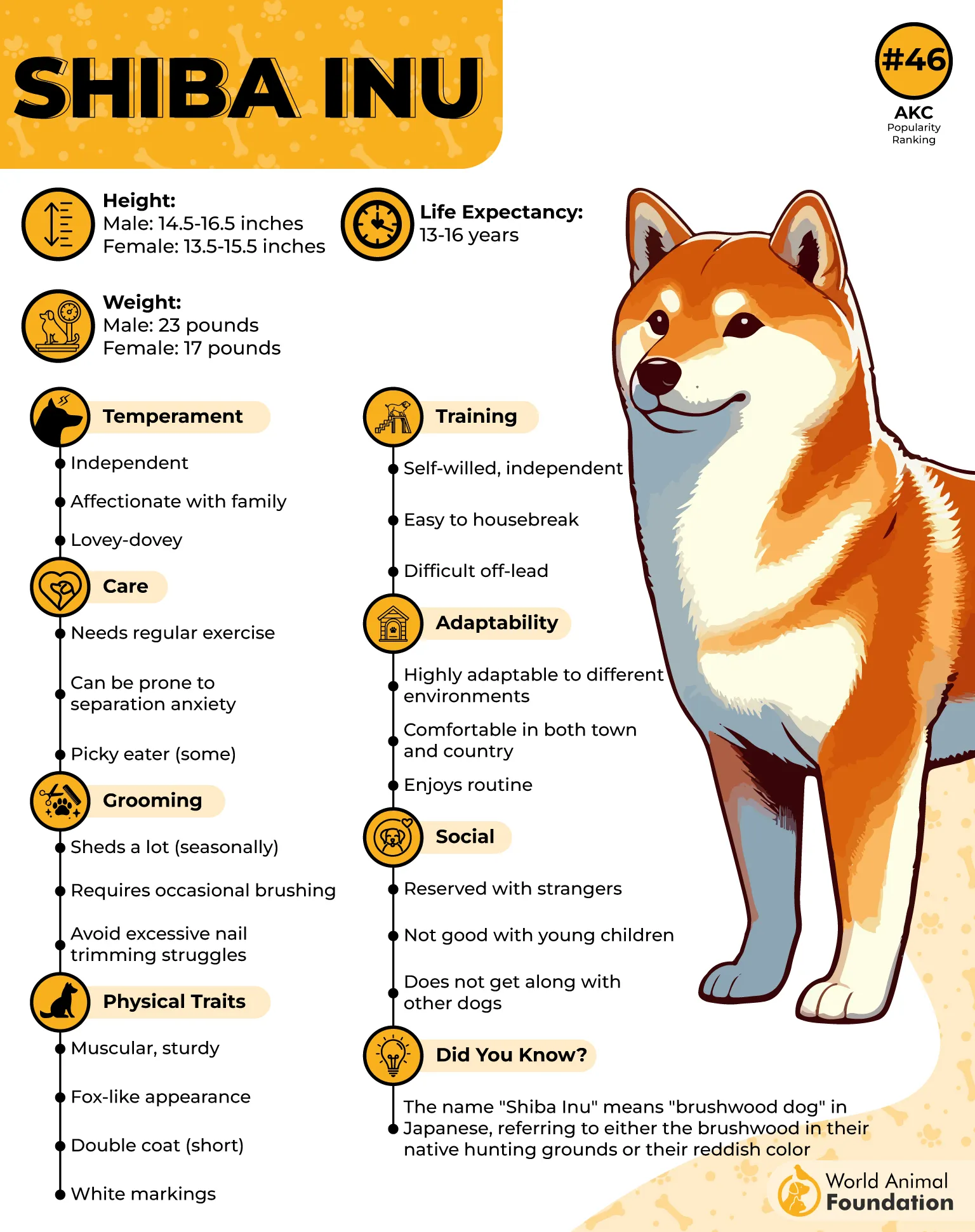
Originally bred for hunting in Japan’s mountainous regions, they still carry the alertness and quick reflexes that the job required. These aren’t soft dogs. Their loyalty feels sharpened, directed, even private.
They don’t appreciate being fussed over. Touch is accepted on their terms. Space matters. But within that space lives a very strong bond, one that surfaces in subtle behaviors: a side glance, a quiet step behind you, the refusal to leave your side during illness.
Their independent nature makes them challenging, but for those they trust, they offer an unwavering and unique kind of closeness.
Quick Tips
Don’t push physical affection—let them approach
Use observation-based training to match their learning style
Keep routines structured, but not overly repetitive
6. Australian Cattle Dog
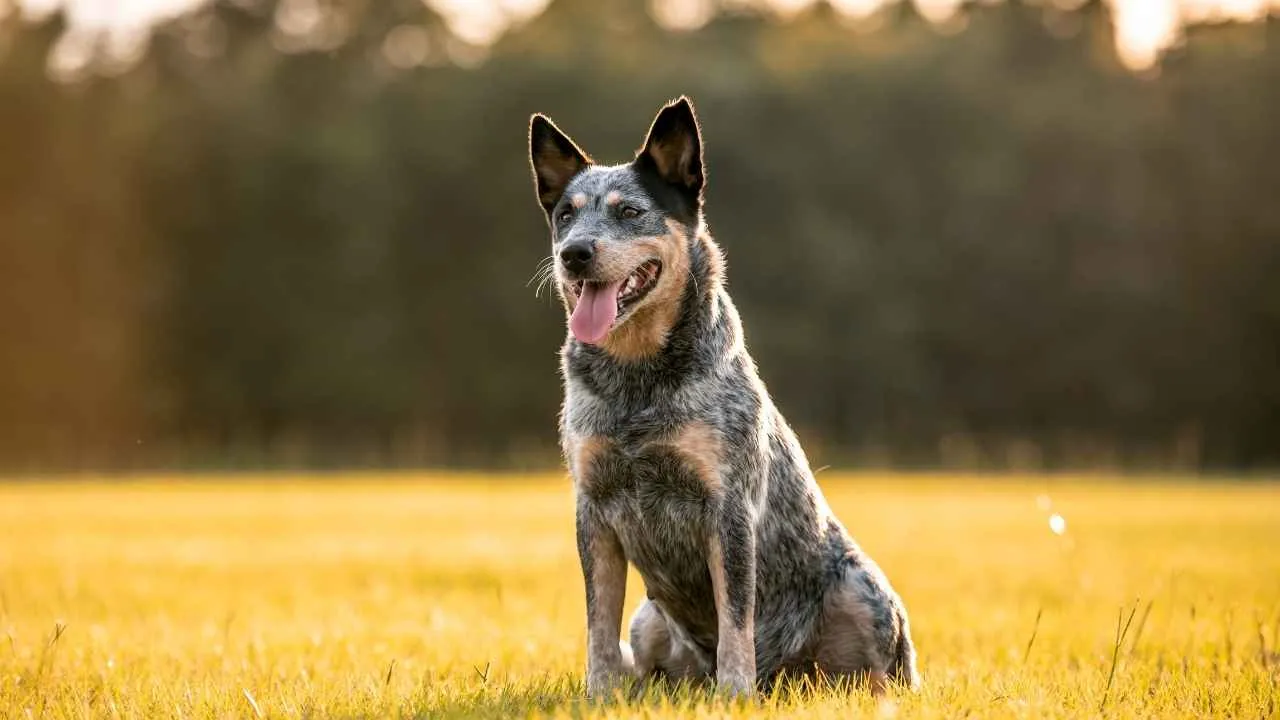
The Australian Cattle Dog is not casual about connection. They work for it, defend it, and guard it like they would any herd. Their devotion is functional, not sentimental—and that’s exactly why it’s so meaningful.
Their energy moves forward like a current. They’ll track your steps, anticipate your direction, and make micro-adjustments to stay close. Herding breeds often show affection through action, not cuddles, and this one does so with laser precision.
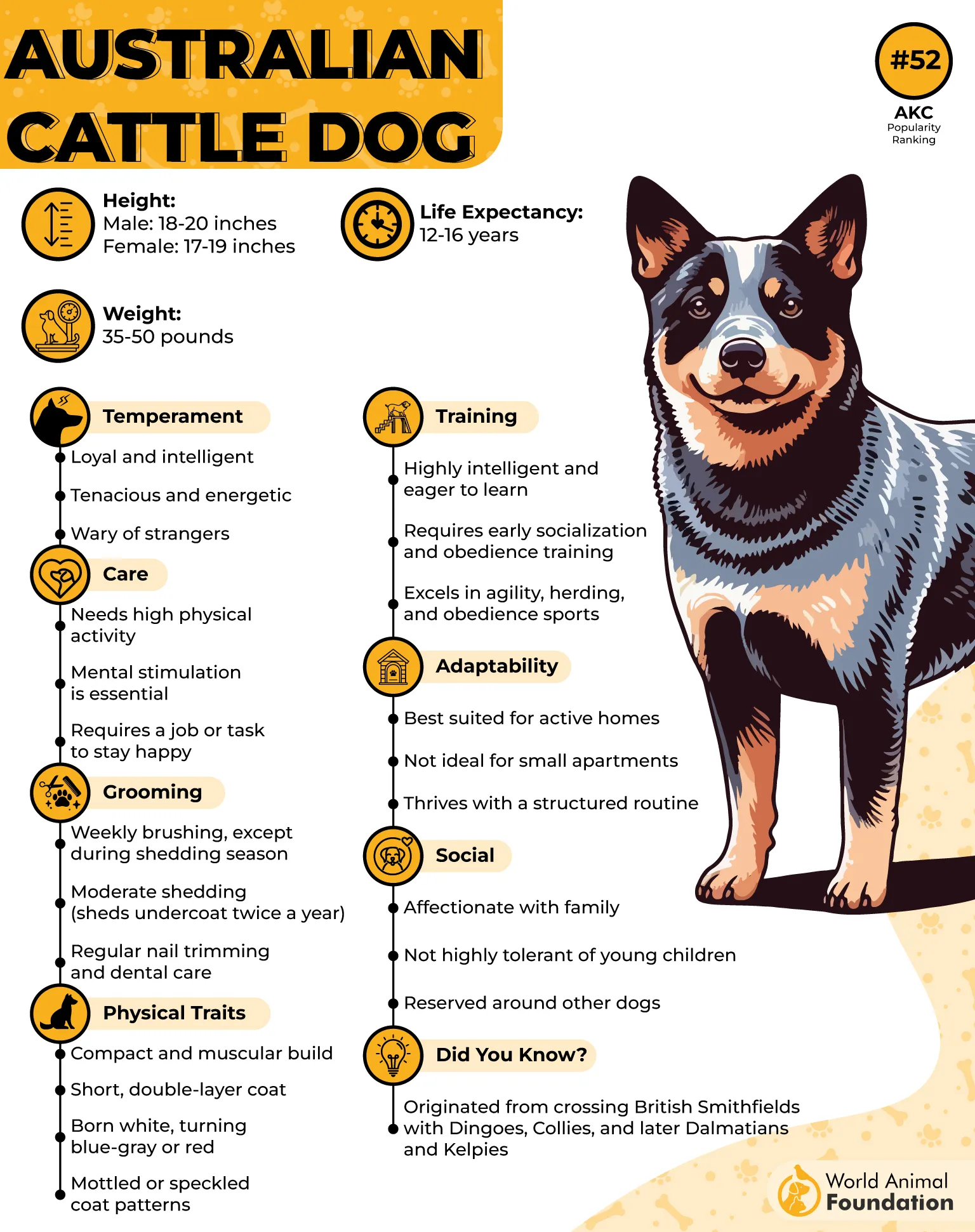
This breed forms strong bonds through movement, work, and clear expectations. Many herding breeds thrive in fast-paced, task-oriented environments, but the Cattle Dog ties that instinct directly to their chosen person. Your movement becomes their mission.
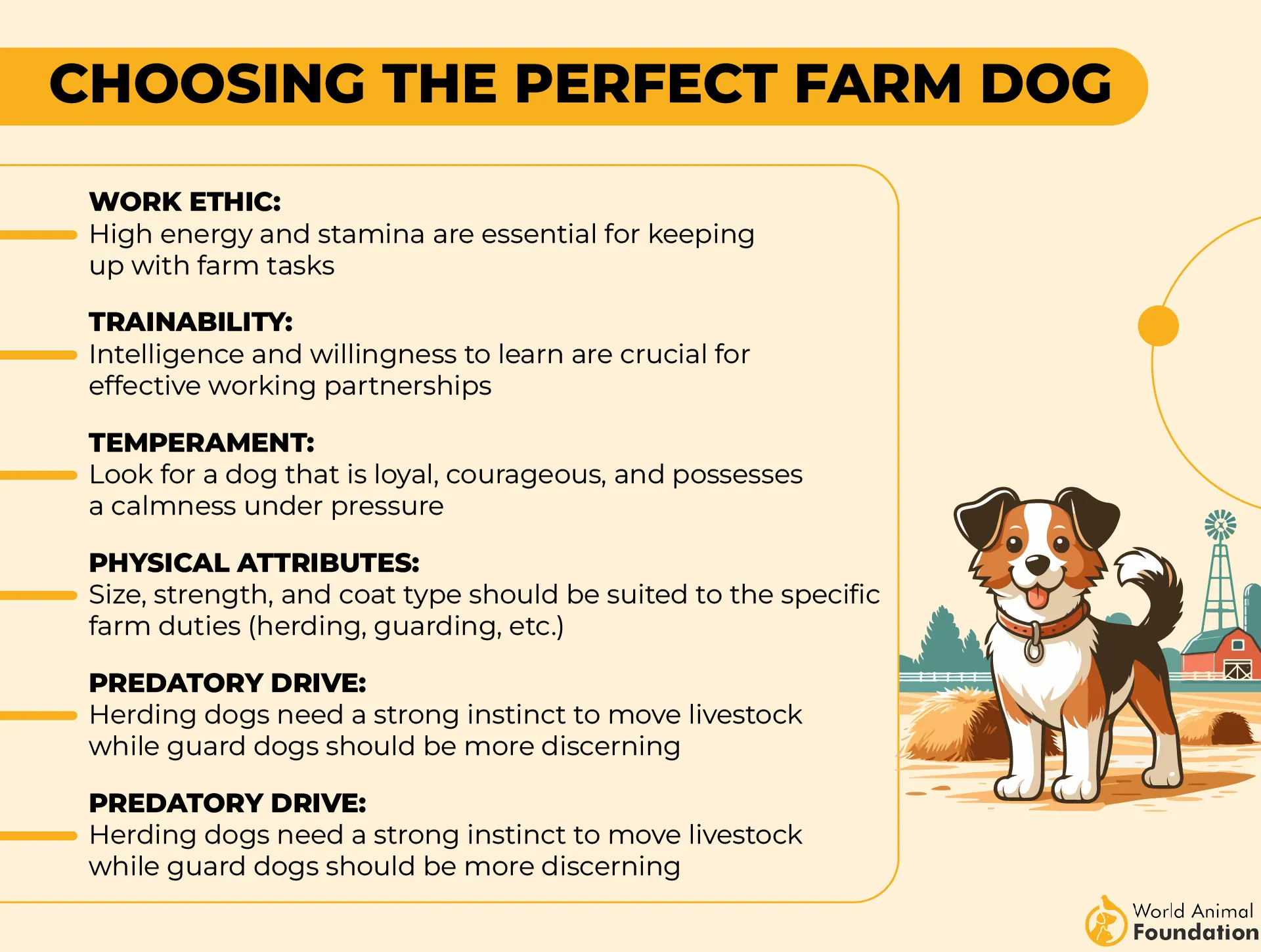
They’re among the most loyal dog breeds for individuals who lead active lives. Physical stimulation is critical—but so is a job that feels important, even symbolic.
These are dogs that don’t need everyone. They need one person who moves with intention, and they’ll meet you step for step.
Quick Tips
Incorporate task-based training, like retrieval and sorting
Build daily routines with timed cues for mental stimulation
Channel protective instincts through controlled leash work
7. Basenji
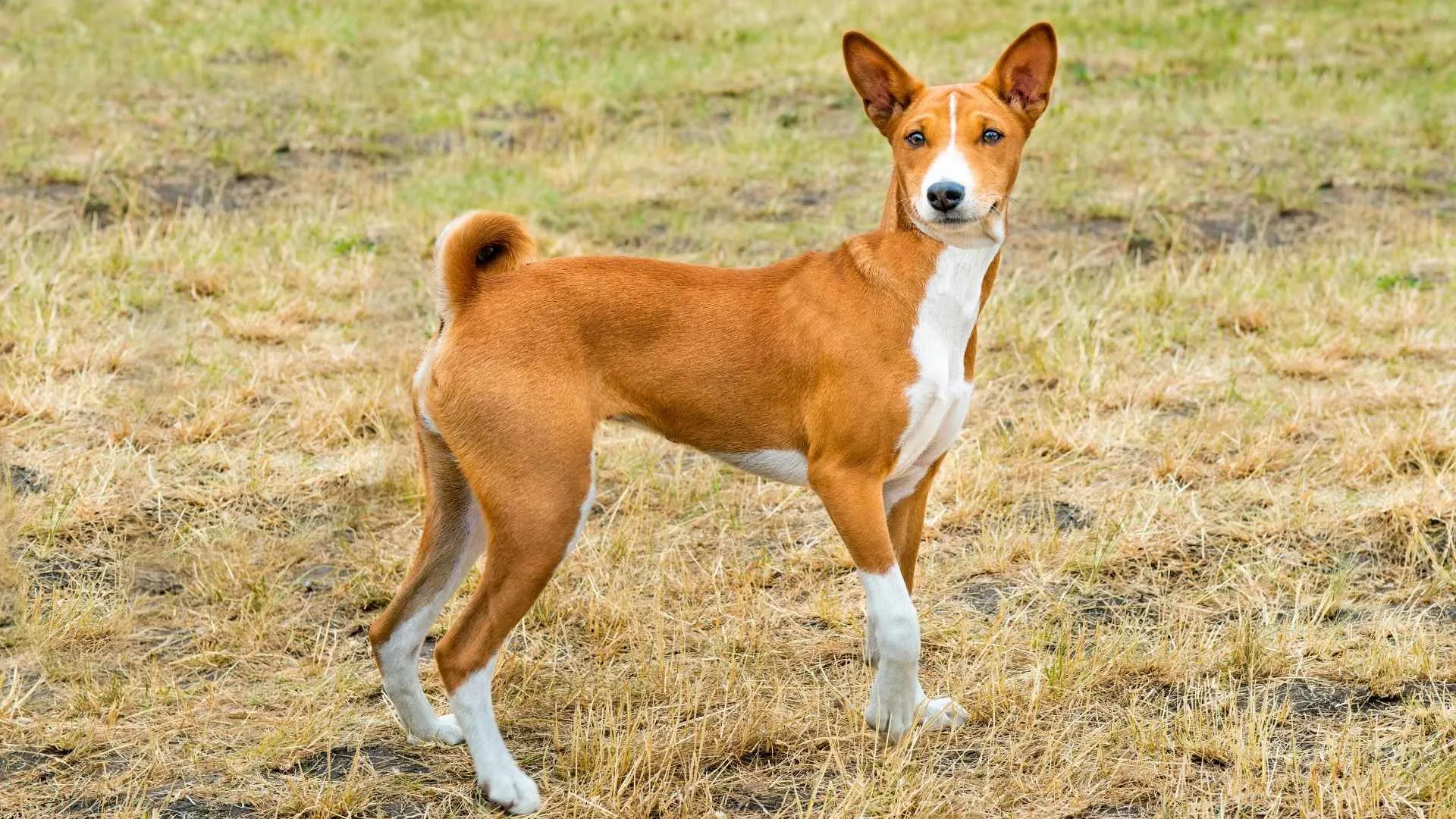
A Basenji’s loyalty is deliberate. They don’t give it quickly, and they never give it halfway. Their gaze is direct but unreadable, and their actions—following you, pausing near the doorway, choosing your side of the couch—speak in place of vocal affection.
Their silence isn’t a quirk; it’s bred in. These dogs descend from hunters who relied on stealth over bark, and that history lingers in their behavior. You won’t hear much, but you’ll feel their eyes on you—measuring, deciding, staying close.
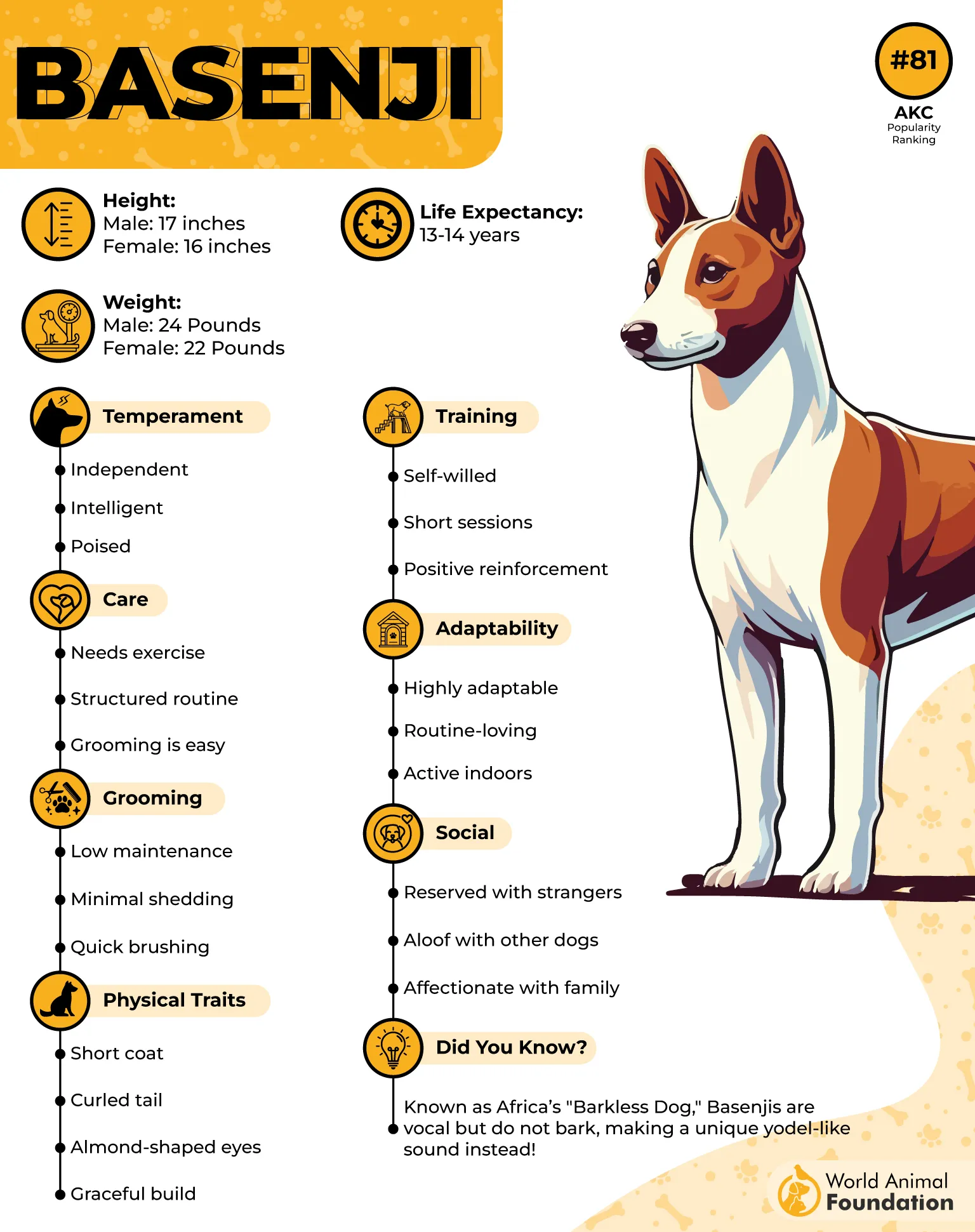
They don’t follow everyone. One person becomes their reference point, and from that point, all decisions are made. Movement in the house? They’ll trace yours. Change in routine? They’ll wait to see how it affects their chosen human. This isn’t a bond built on obedience—it’s built on observation.
The Basenji is an independent breed. They respect autonomy in others because they demand it themselves. It’s a loyalty that feels more like a partnership than pet-keeping.
As described by PetMD, the breed pairs intelligence with a persistent will. They don’t need a crowd. They need one person who knows how to listen without always speaking.
Quick Tips
Avoid repetition—varied tasks engage them more effectively
Give them space when they retreat—it reinforces mutual trust
Use subtle signals during training—they respond best to a calm, consistent tone
8. Belgian Malinois
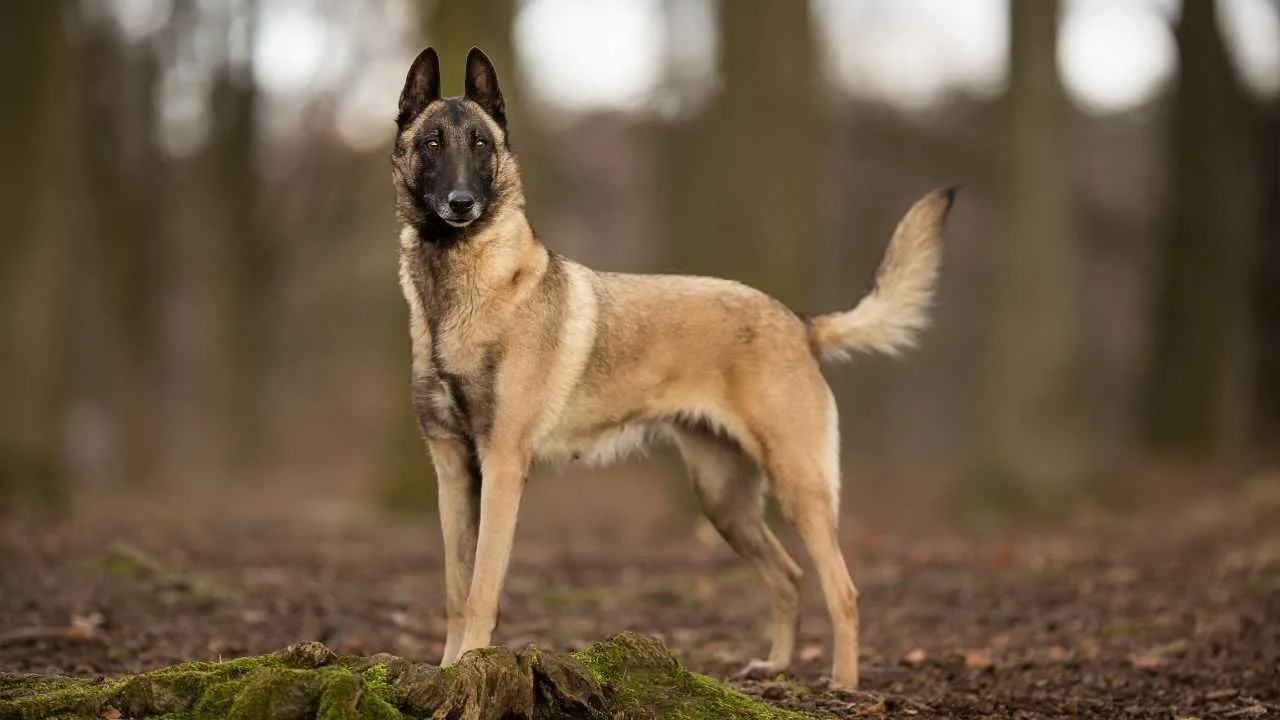
The Belgian Malinois is not bred for stillness. They read movement like language, anticipate changes before they happen, and attach themselves to the rhythm of one person’s life. This attachment is rarely soft; it’s intense, directional, and unwavering.
Everything about their design points to function. Their stride is tight, their gaze is fixed, and their body seems built to launch rather than lounge. They are extremely loyal not because they were taught to be, but because they are wired to serve with singular focus.
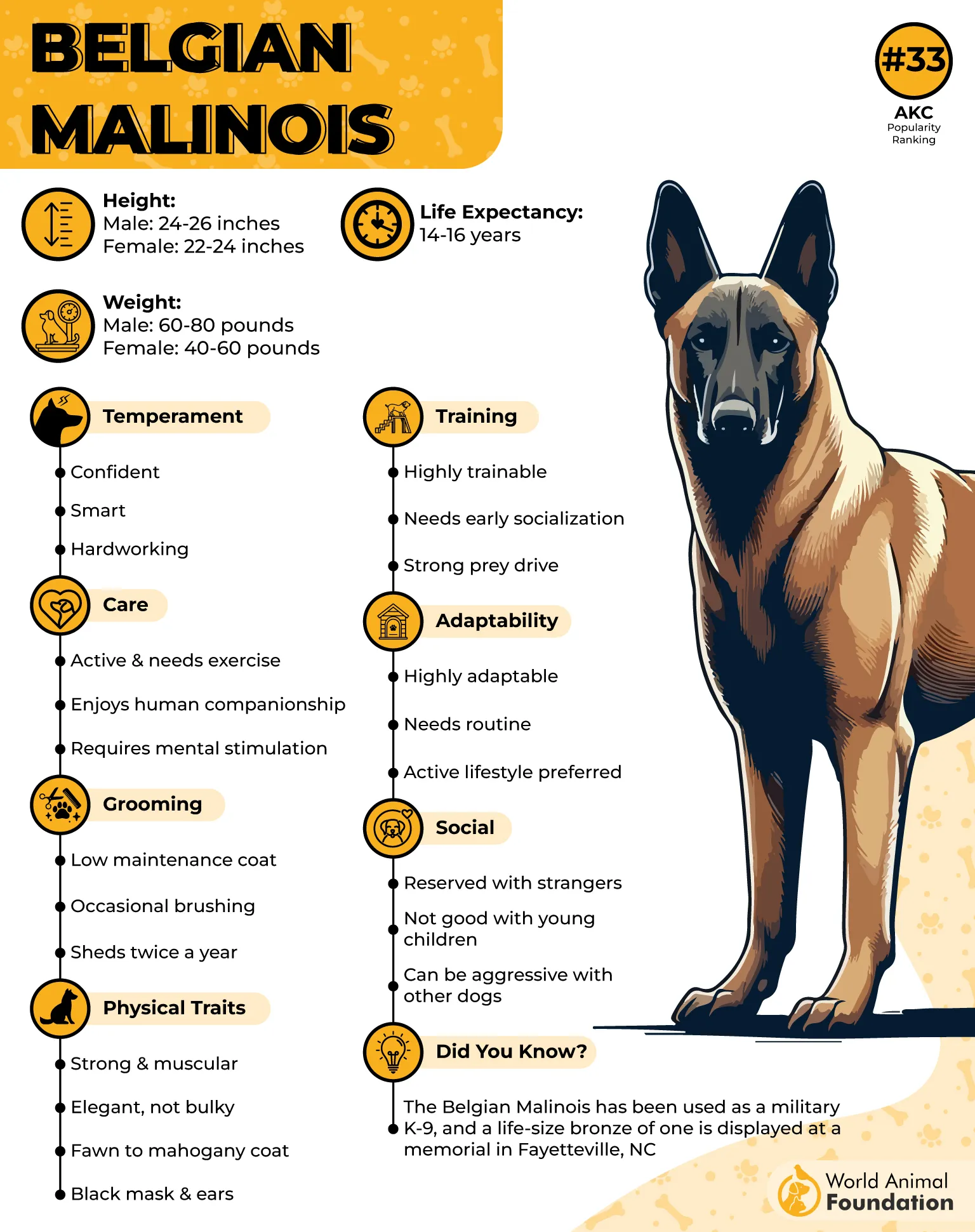
They’re often drawn to people with routines, clear, repeatable systems where their input matters. A Malinois doesn’t just want activity; they want accountability. Their need to act is stronger than their need to be comforted.
They do not generalize affection. Strangers are assessed, not greeted. Their person becomes a moving signal in space, something to protect, follow, and interpret with full awareness.
They move like they’re already mid-task, even when no cue has been given. Eye contact locks them in, but it’s your movement that holds them. Their loyalty doesn’t linger; it activates.
Quick Tips
Build trust through structured repetition and high-focus training
Avoid downtime without mental outlets, as it leads to restlessness
Let them complete physical tasks to satisfy their drive, not just burn energy
9. Australian Shepherd
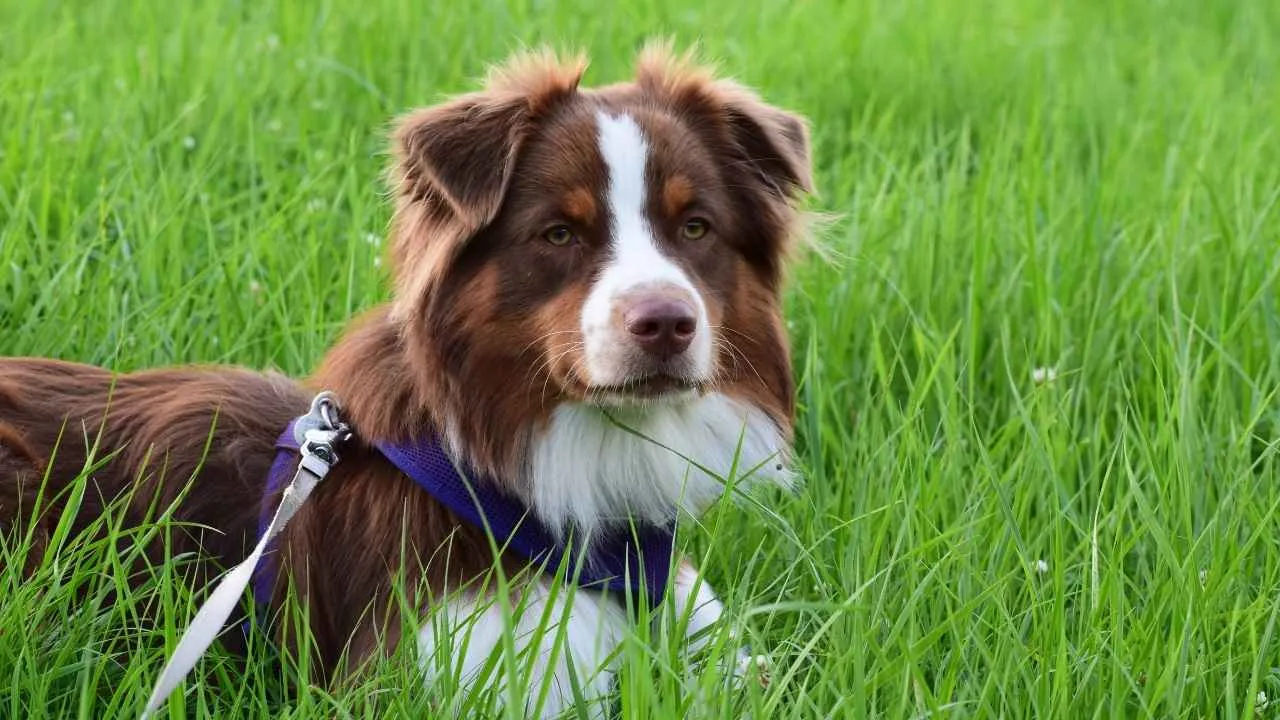
Australian Shepherds don’t just choose a person; they sync with them. The loyalty they offer isn’t soft or sentimental, it’s kinetic. Their commitment unfolds through movement, awareness, and timing. A shift in your posture, a sudden turn, they catch it all and fall into step.
Their energy is vivid, shaped by instinct as much as temperament. These are dogs that don’t rest well unless they’ve worked. Loyalty, for an Aussie, is expressed by showing up fully, head, legs, heart, and focus, all aimed at their chosen human. It’s not clingy. It’s precise.
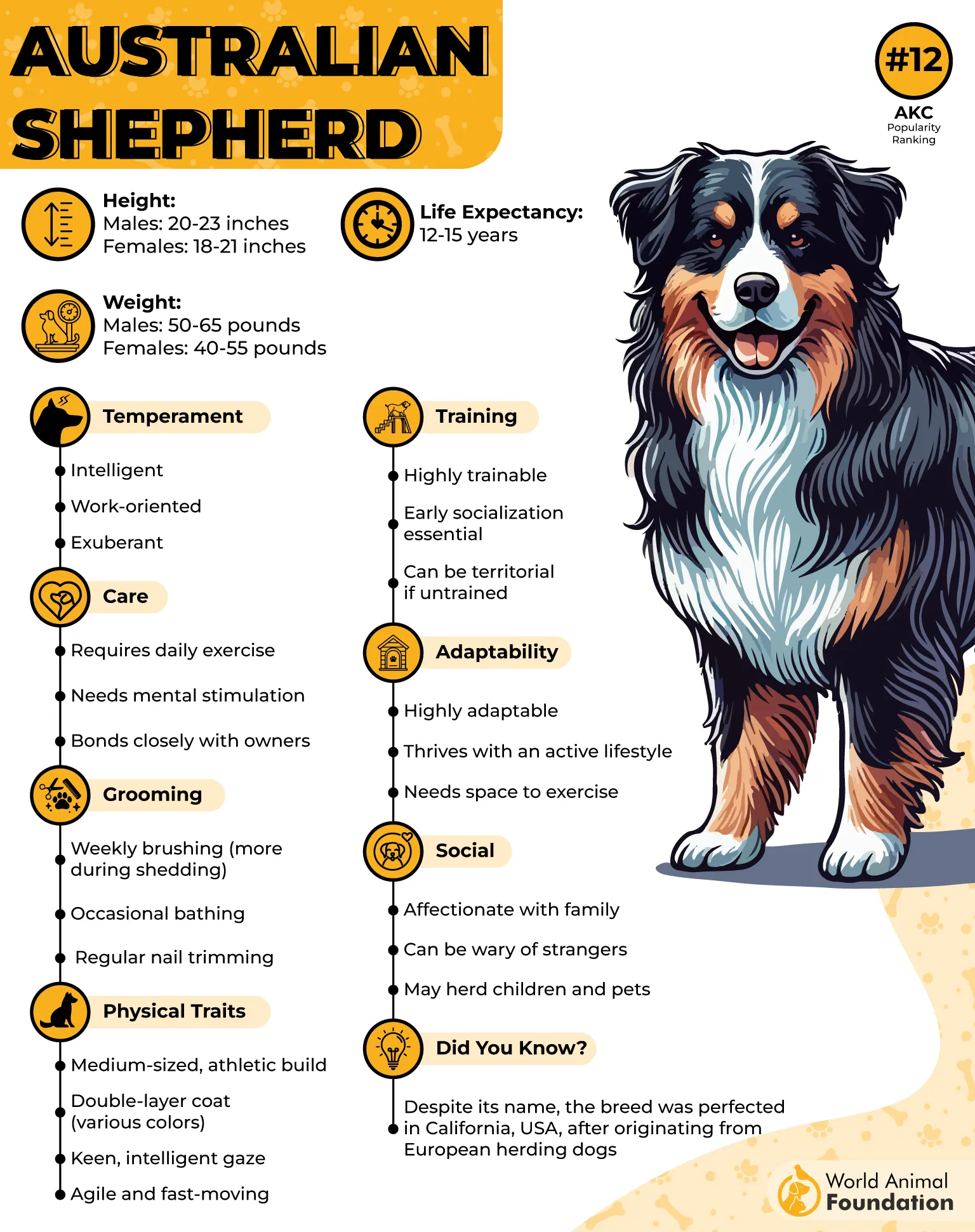
Even in silence, they are studying you. An Aussie will fix their eyes on your hands, your shoes, your path, ready to act before you finish a sentence. They anticipate, and in doing so, make you feel understood in a way words can’t match.
Their herding background doesn’t just define how they move; it shapes how they relate. Many herding breeds are required to organize, assist, and align. But Aussies do it with joy and almost excessive investment in one person’s orbit.
They require both mental and physical stimulation to thrive. Not to burn off energy, but to match the pace of their chosen human. That, to them, is the point of loyalty.
Quick Tips
Build trust through structured challenges, not just affection
Let them observe before expecting immediate social engagement
Alternate quiet check-ins with task-based bonding to balance their focus
Conclusion
Some dogs welcome every person with equal affection. But the breeds in this list are different. These are the one-person dogs, the ones who bond strongly with a single individual and build their world around that connection.
Many of these breeds are also excellent guard dogs or working dogs, channeling their loyalty into vigilance and readiness. Others, like therapy dogs and service dogs, rely on that strong attachment to provide steady, responsive support. With proper socialization, many get along well with other dogs and even other animals, but their strongest bond remains personal and unshaken.
Whether they herd sheep, alert to danger, or simply rest quietly at your feet, these fiercely loyal breeds make remarkable companions. The best breeds for this kind of attachment don’t just live with their human family; they attach, they protect, and they stay.


